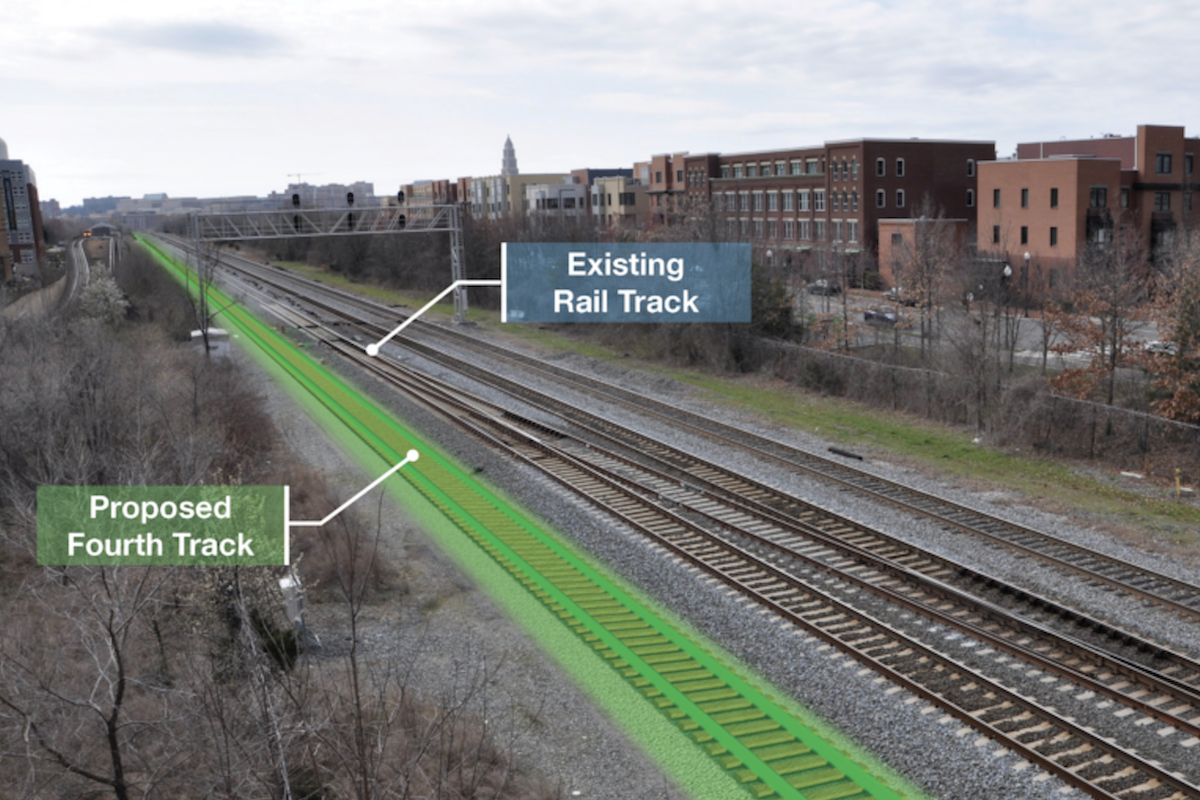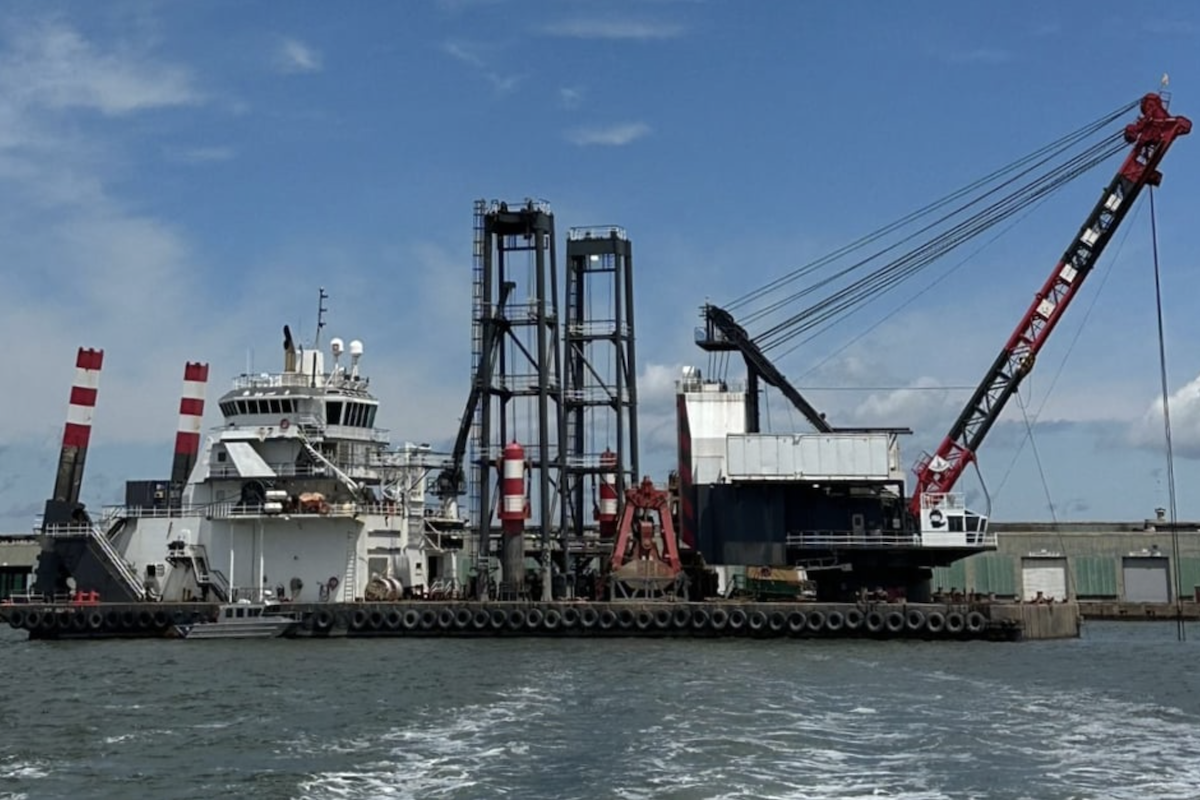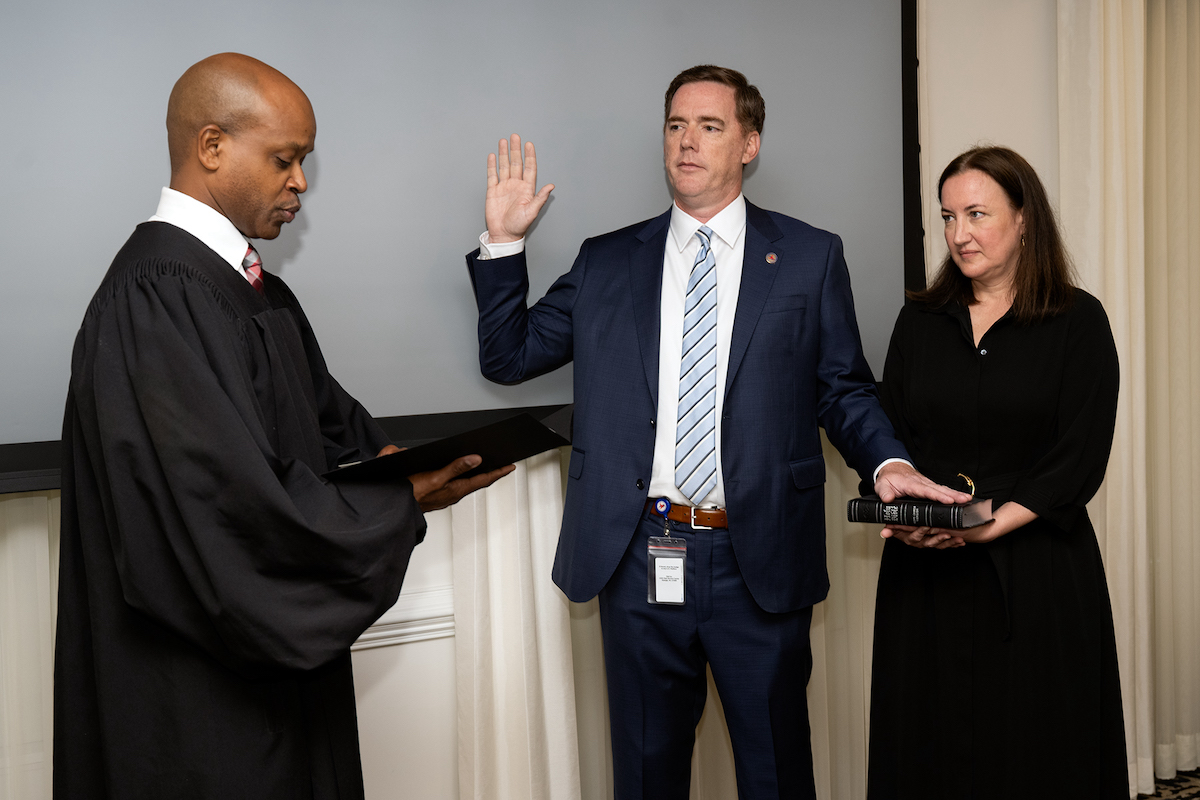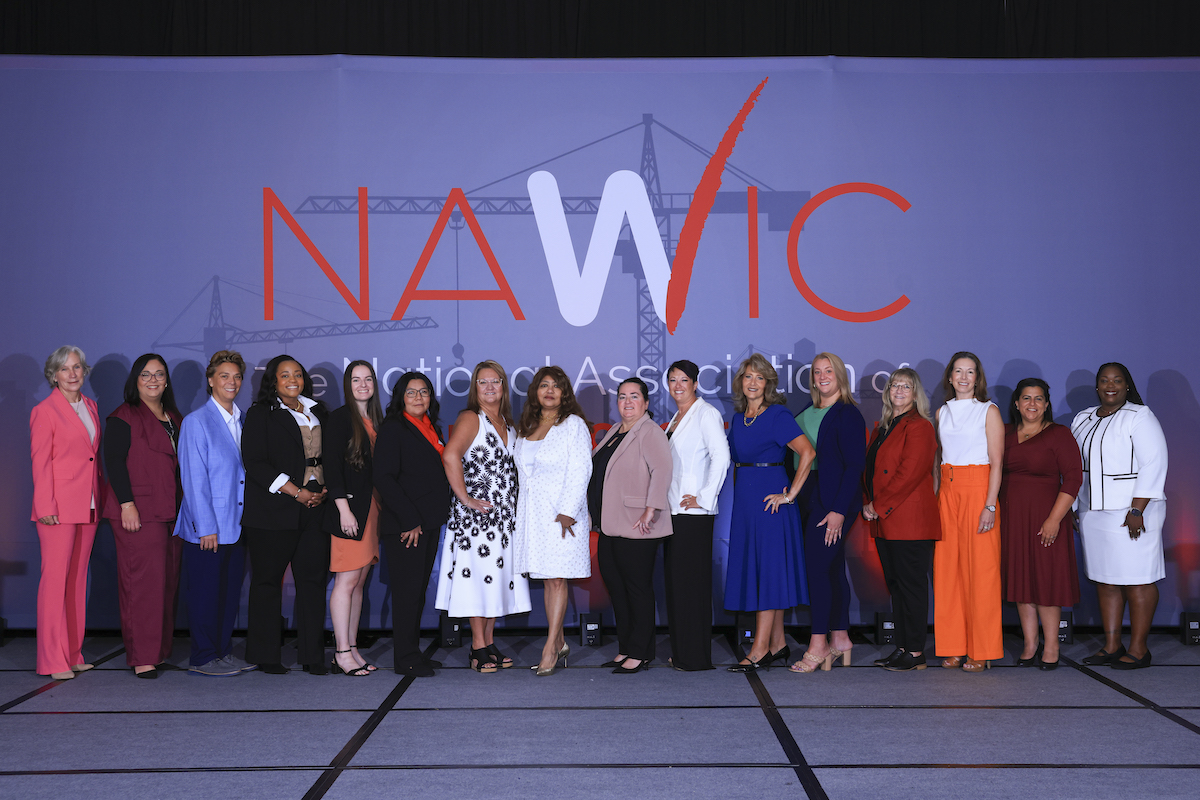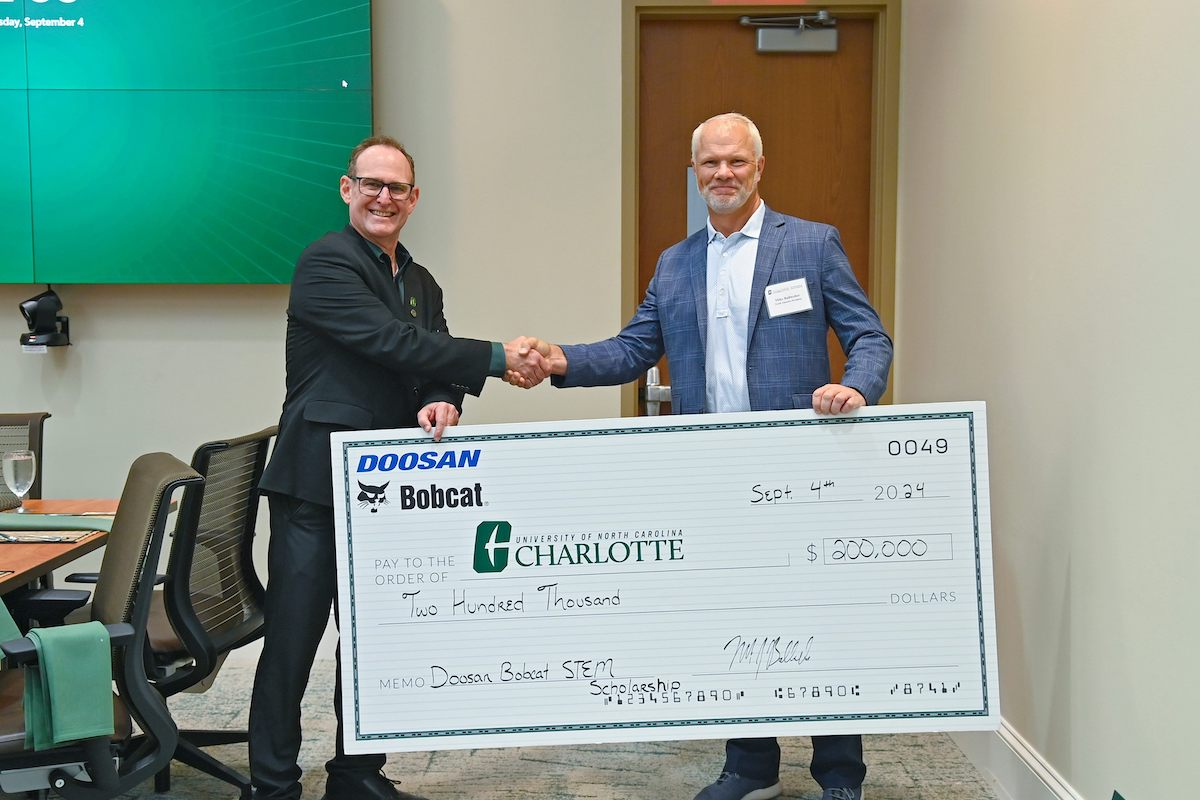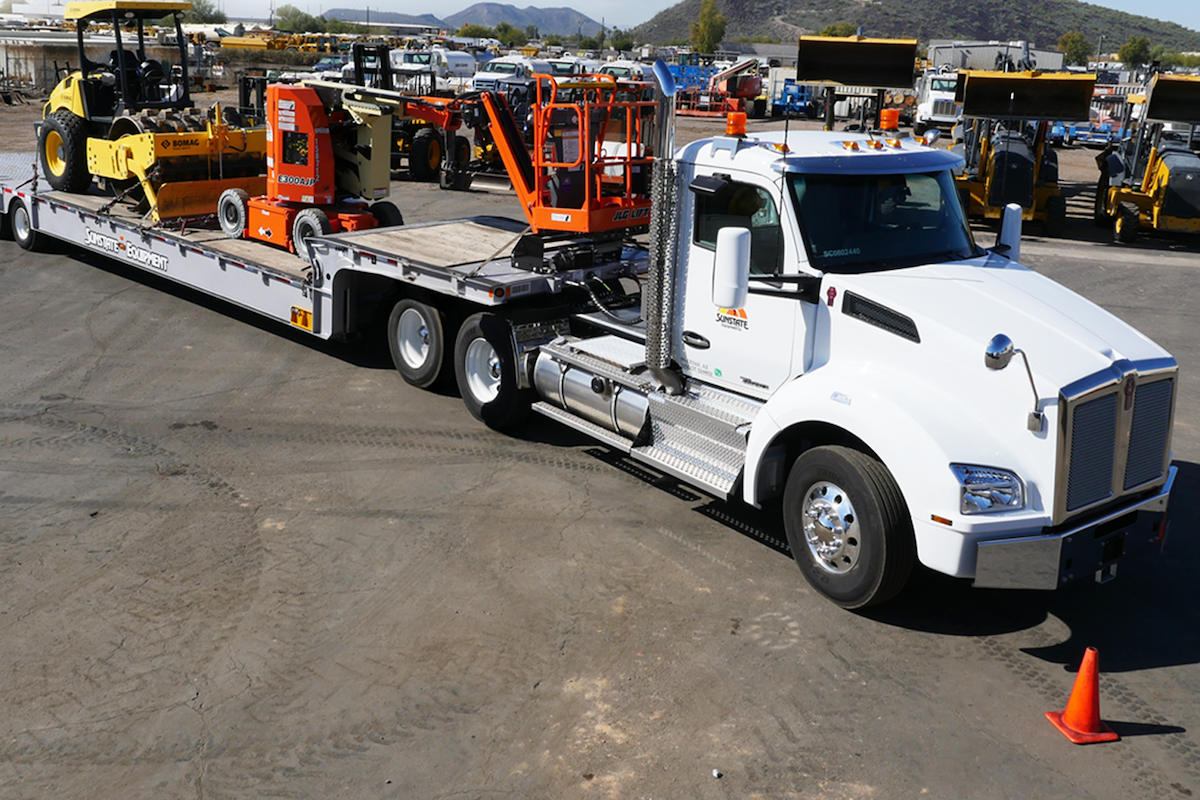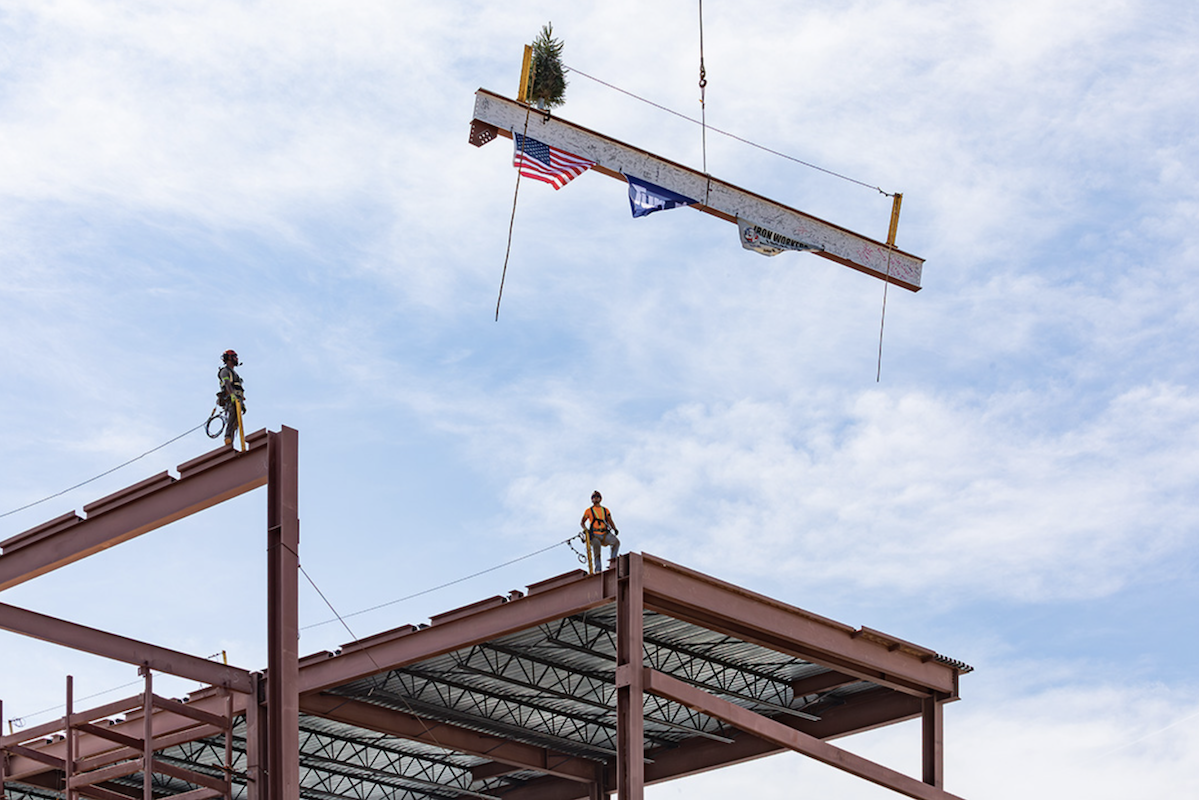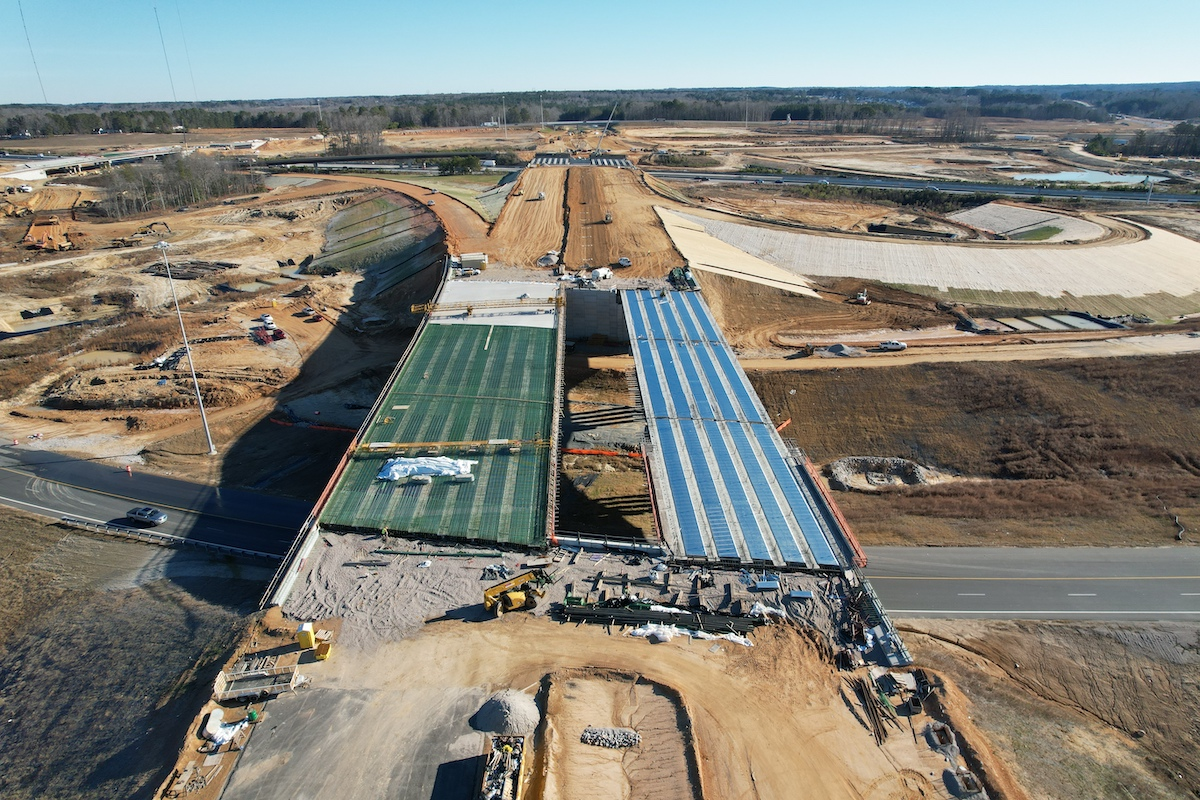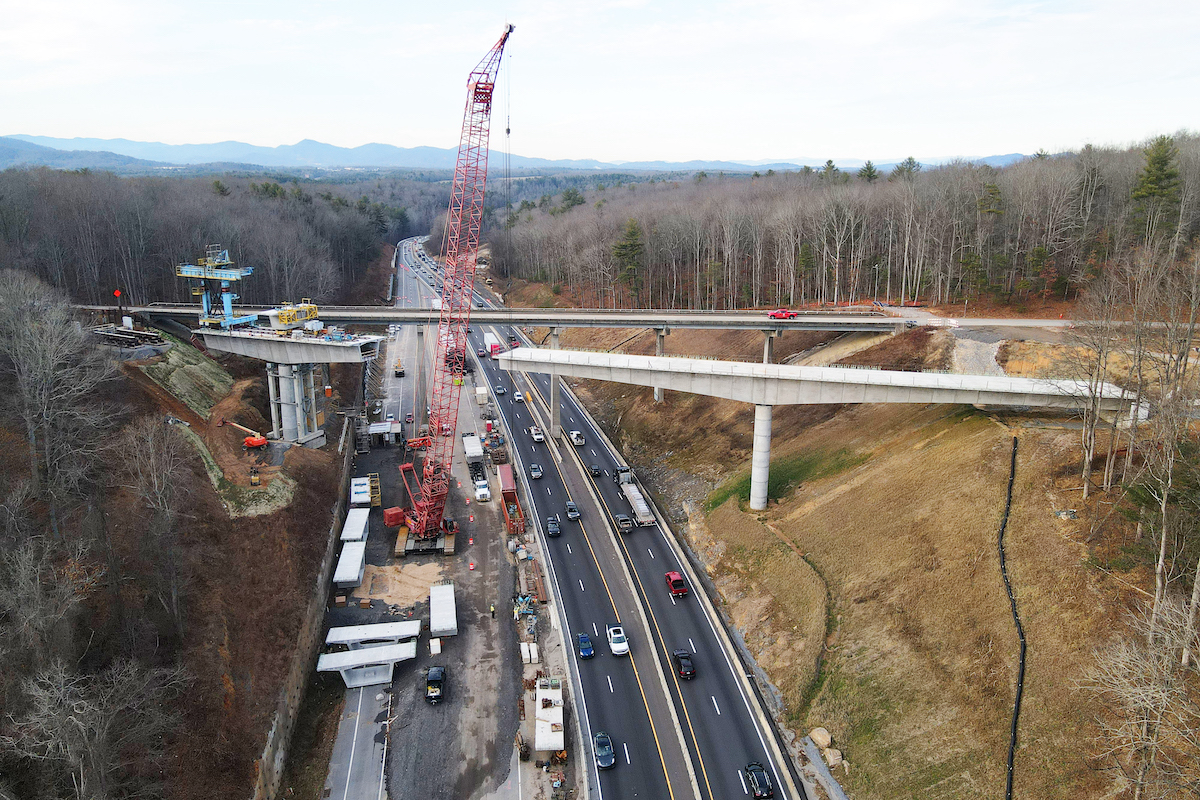The two-phase project covers just over 10 miles near St. Louis. Phase one, which began in the summer of 2020, is scheduled to be complete in 2022. Phase two is expected to start later this summer and run through fall 2023.
“We split the project into two because it’s an extremely long project that would have taken years to complete,” says Betherny Williams, North County Area Engineer with MoDOT. “It also gives more contractors opportunity to bid on the contract.”
The project area is a highly traveled route with an average daily traffic count of roughly 10,000 vehicles. It is also used as a secondary route for oversized loads to move goods and services across the region.
There’s diversity in the landscape as the project stretches from the city limits through shopping and residential areas, as well as parks and small businesses and some larger commercial development at the end. “There is increasing foot traffic in the area, and that’s why we were studying it,” Williams says.

| Your local Komatsu America Corp dealer |
|---|
| Linder Industrial Machinery |
To achieve the project’s aims, MoDOT is implementing a road diet. The Federal Highway Administration says the primary benefits of a road diet “… include enhanced safety, mobility and access for all road users and a ‘complete streets’ environment to accommodate a variety of transportation modes.”
Elements of the project include:
- Pavement resurfacing and new pavement markings along the corridor
- A lane reduction between Normandy Avenue and the St. Louis City limits to increase safety of all modes of travel
- Upgrading the existing sidewalk to meet ADA requirements
- Adding sidewalks along the corridor to accommodate pedestrians along St. Charles Rock Road
- Improve signalized intersections from I-170 to Kienlen Avenue
- Adding mid-block pedestrian crossings along the corridor
- Drainage system improvements
- Adding dedicated bike lanes throughout most of the corridor
Once MoDOT and contractor N.B. West Construction complete the work, the corridor will have continuous sidewalks, safe midblock crossings, and flashing beacons to alert motorists of pedestrians crossing. MoDOT is also putting crosswalks in the proper locations based on need as well as locating bus stops where it is most convenient for passengers.
The four-lane roadway will become three lanes including a shared center turning lane. “We believe these traffic calming methods will encourage motorists to drive slower and enable pedestrians and easier time crossing the street due to the shorter distance,” Williams says.
Besides improving pedestrian mobility, safety will also be improved. There’s an elevated level of pedestrian injuries and fatalities in the area.

| Your local Bomag Americas dealer |
|---|
| Linder Industrial Machinery |
“We’re partnering with four entities that are working simultaneously on the project to make sure once we are done, the corridor will be ready,” Williams says. One such entity is the Missouri Sewer Division. They are doing pipework and relocating poles. The parks division is also working on the Great Rivers Greenway connecting trail.
Utility identification and relocation have also been a challenge. The design team had to work off plans that were 80 years old, and not all of the utilities are identified on the aged documents. “In one of the communities, there are many utilities to design around,” Williams says, “and we have to coordinate with the utility companies.”
In addition, MoDOT is working hard to get residents and local business – some that have been in the area nearly 80 years – on board and keeping them informed. “This project requires us to work in front of residences and business, and we do everything possible so that we don’t hinder economic development,” Williams says.
For Williams and MoDOT, that meant reaching out to the public three years before the project happened. The contractor had one-on-one meetings with residents to show them the plans and explain what’s happening in front of their homes,” Williams says. She believes this helped get people on board and build excitement for the final outcome.
With the price of construction materials rising, keeping on budget is a challenge. “The contractor has done a good job at identifying bid items and staying within contract prices with no great surprises,” Williams says. “There have been some material shortages and costs are going up but as of today, we have secured the needed materials, and they have been within the budget.” There have also been no major change orders and the project is ahead of schedule so far.

| Your local Topcon Positioning Systems Inc dealer |
|---|
| Linder Industrial Machinery |
Phase two of the project, which is the West end of the area, was awarded for $12.8 million.
When the St. Charles Rock Road Pavement Improvement Project is complete pedestrians, including those in wheelchairs, and cyclists will have greater access and enjoy greater safety in the area. The fresh look is something both commuters and pedestrians will be able to enjoy.



















